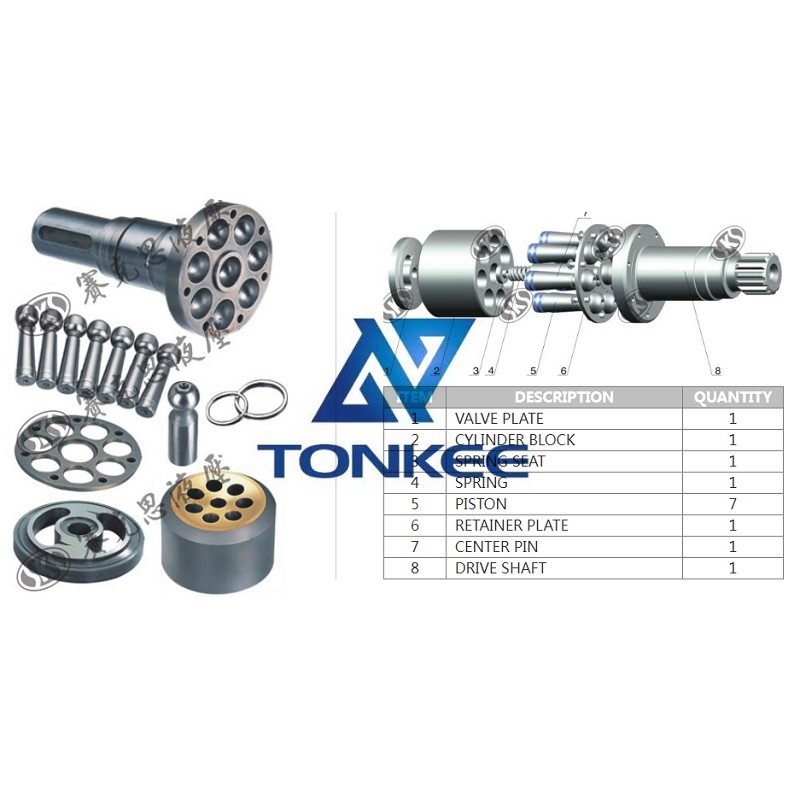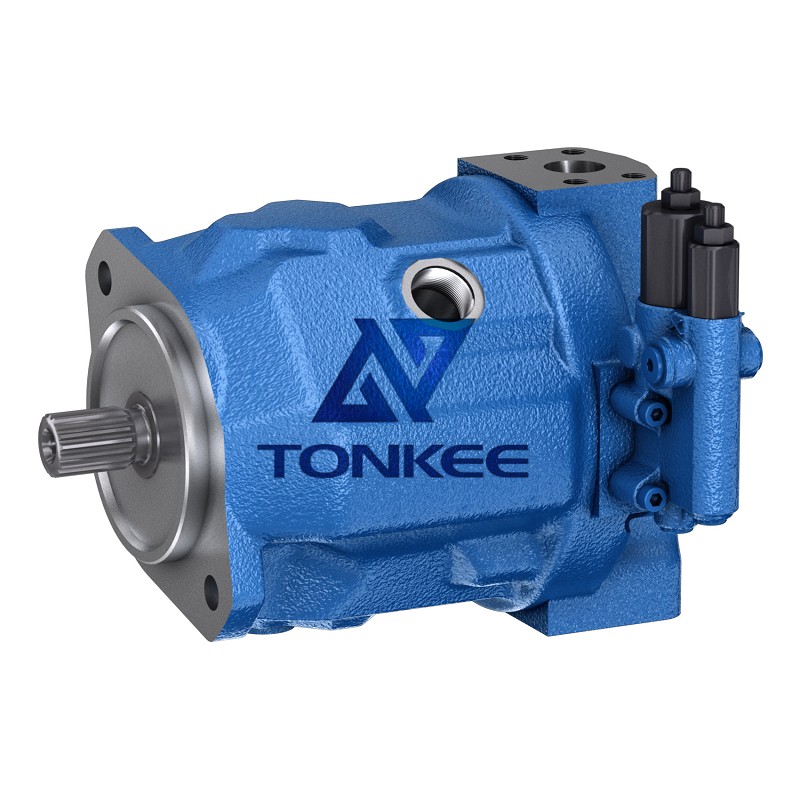
The retainer plate serves as a mounting platform for various internal components within the pump assembly.
It is typically made from high-strength materials such as steel or alloy, providing durability and resistance to the extreme pressures and forces encountered in hydraulic systems. The plate is precisely engineered to fit seamlessly within the pump housing, enabling proper alignment and secure attachment of the internal parts.
One of the primary functions of the retainer plate is to hold the piston and cylinder block assembly in place. These components are essential for generating the reciprocating motion required for hydraulic pumping action. The plate features precisely machined holes and recesses that accommodate the pistons and cylinder blocks, ensuring precise alignment and smooth movement during operation.
Furthermore, the retainer plate facilitates the proper sealing of the pump chambers. It incorporates grooves and channels that accommodate seals and gaskets, preventing leakage of hydraulic fluid and maintaining the required pressure levels within the pump. The seals provide a reliable barrier between different chambers, allowing the pump to deliver consistent hydraulic power.
The design of the retainer plate also accounts for the efficient flow of hydraulic fluid.
It includes carefully positioned ports and passages that enable the intake and discharge of fluid at the appropriate times. These channels align with corresponding openings in the pump housing and other components, ensuring a smooth flow path for the hydraulic fluid as it moves through the pump assembly.
Tonkee® pays great attention to the quality and precision of their hydraulic pump components, including the A2FO125 (A2FM125) Retainer Plate. Each plate undergoes rigorous testing and quality control procedures to ensure its reliability and performance under demanding operating conditions. Tonkee® products are known for their durability, longevity, and compatibility with various hydraulic systems.





 English
English português
português Русский язык
Русский язык










